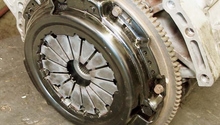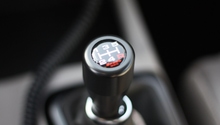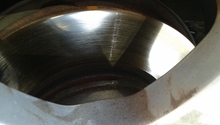Honda Civic: Why Does My Clutch Pedal Squeak?
An annoying squeak in your car can wreck havoc on your nerves. The clutch squeak is a common Civic problem that can be fixed very easily. Continue reading to find out the cause and the solution to the squeakiness in your clutch pedal.
This article applies to the Honda Civic/Del Sol (1992-2000).
There is nothing more annoying to a car owner than hearing a new noise from the vehicle, and wondering what it is, where it is coming from or if it is a bad sign. When the noise presents itself with no other symptoms such as a rough ride, bad idle, or a burning smell, it is even more annoying. Is it something that can be ignored or something that is cause for alarm? In many cases, the most difficult aspect of troubleshooting this is pinpointing exactly where the noise is emanating from. Under the car, front, rear, inside the engine compartment, or inside the cabin are all places that can create a noise as well as conceal a location for it. Sometimes, a noise from under the car can sound like it is coming from the glove box. This is why it can drive you crazy trying to figure it out. With the Honda Civic, one common noise is a squeak that chimes in whenever the clutch pedal is pressed. Fortunately, this problem is so common that troubleshooting is not as bad as it could be in many other cases. There are few common causes of this squeak, and all are very easy to fix. This article will shine a light on those causes, and what you can to do repair it.

Materials Needed
- Hi temperature grease
- Bearing grease
- WD-40
- Fluid bleeder kit
Step 1 – Grease up the slave cylinder
There is a ball and joint that can lose its lubricant over time, which will then cause a squeak.
If the squeaking sound is coming from the engine bay and not the clutch pedal itself, the most common cause is the slave cylinder. There is a rounded end (like a ball) on the end of the slave cylinder that marries to an indentation (this is like the ball joint for your leg and hip bones) on the clutch fork. Over time, the OEM lubricant will dry up, dissipate, or otherwise be long gone. This is a common issue with Civics. It is a very simple issue to solve.
- Remove the two bolts that hold the slave cylinder to the clutch housing.
- Remove the rubber boot that covers the slave cylinder.
- Use a generous amount of hi temperature grease lubricant on the ball and joint described in Figure 1.
- Reconnect the rubber boot, and then re-install the two bolts.
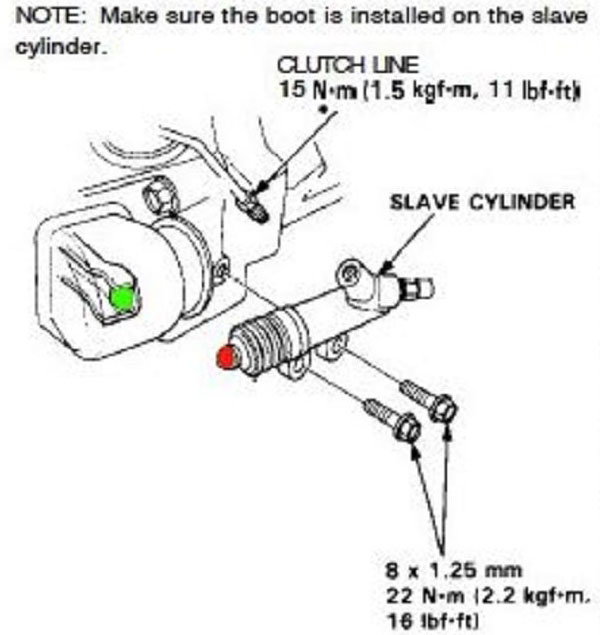
Step 2 – Use a spray lubricant on the clutch pedal
If the squeaking is coming from the clutch pedal itself, a little grease should help.
Behind the clutch pedal is the shaft-piston assembly that moves in and out whenever the clutch pedal is depressed. Over time, the lubricant on these moving parts can dry up as well. A little bearing grease will do the trick. A spray lubricant such as WD-40 will work; however, it will be temporary at best. Thicker grease lube will stay longer, and won't drip all over the place either.
- Crawl under your dash behind your foot pedals.
- Find the mechanism behind the clutch where the rod slides through the piston or the guides.
- Place a good amount of bearing grease to these moving areas.
- Pump your clutch pedal a few times to work it in.

Step 3 – Replace your clutch fluid
Clutch fluid needs to be replaced just like brake fluid.
The clutch uses brake fluid (DOT 3) just like your brakes. This is a clear fluid. If yours is black or so dirty that you can't see through it, it is time to change it out. Dirty fluids may be the cause of the squeaking you are hearing. if it is that bad, it is very easy to change.
- Remove the cap from the clutch fluid reservoir, and visually inspect the color of the fluid.
- Find the bleeder valve on the clutch slave cylinder.
- Bleed the old fluid from the clutch bleeder valve, while maintaining the reservoir with fresh fluid.
- Continue bleeding fluid from the slave cylinder until it runs clear with fresh fluid.
- Replace the bleed valve cap and the reservoir cap.
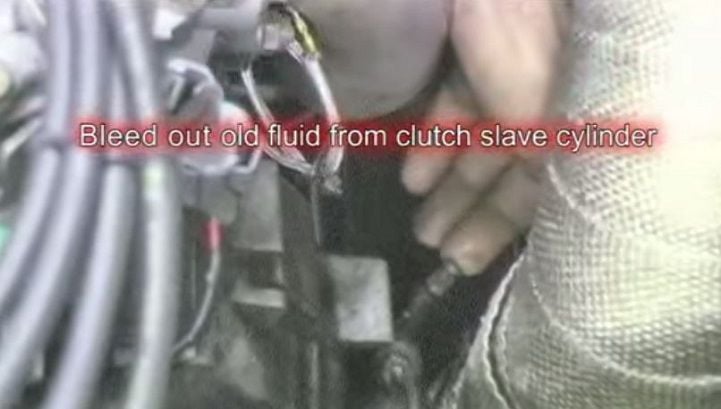
Featured Video: Why is Clutch Pedal Squeaking?
Related Discussions
- Squeaking Noise When Pressing the Clutch Pedal - Honda-Tech.com
- Fix Squeaky Clutch - Honda-Tech.com
- Clutch Pedal Squeaks! - Honda-Tech.com


